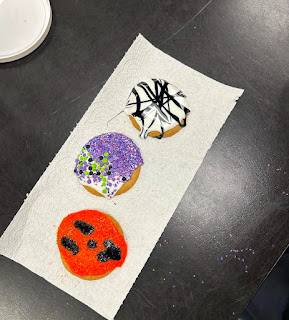Many Seminoles share an intimate connection with the attacks of Semptember 11, 2001 and their effects. Now, ten years later, Seminole remembers the valor and the sacrifice made on that unforgettable day. Plans to salute the bravery of the heroes and the memories of the victims of the attacks at Seminole High School include a moment of silence. As of today, September 6, 2011, plans to commemorate the tragedy together, as a school, are not finalized. The faculty and staff of Seminole have decided to hold a moment of silence at 8:46, the time the first plane struck the World Trade Center, on Monday, September 12.
As with all tragedies, the memories of the tragedy of September 11, 2001 still remain vivid. Here at Seminole High, some students were too young for kindergarten at the time of the attacks. Between the fall of the World Trade Center towers, the heroism of those on United Airlines Flight 93, and the attack on the Pentagon,
Sophomore Amanda Carroll recounts her experience of the tragedy while a kindergartener in Ohio:
“My mom had watched the second plane go into the tower as we were getting ready for school, and wouldn’t tell me what was going on. I knew something was wrong…but they sent me to school anyway. My teacher burst out crying…I felt confused. I didn’t know why someone would do that,” referring to the attacks.
These feelings are not isolated to children in the wake of the attacks. As the reports of the tragedy were broadcast throughout the country, many adults also shared the same feelings of confusion and disorientation. Principal Mike Gaudreau describes the “surreal” and “numbing” feelings he felt that day, walking through the school. Walking through the classrooms, he saw the reports on the TVs. “It was scary—the thought that [it was an attack] that’s actually happening,” Gaudreau elaborates. The realization that the plane crashes were not just mistakes, and were instead part of a coordinated attack, began to dawn on the school, Gaudreau reports.
Sophomore Reid Ferguson discusses his personal connections to the attacks. He remembers learning of the attacks while he lived in Upstate New York. At the time of the attacks, his father was working in Manhattan, near the site of the plane crashes, and a friend of his had a father who was working as a firefighter in the rescues that day. Yet, even though he was so close—physically and emotionally—to the events that transpired that day, like most others on that day, he felt “more confused than anything else.”
This tragic event, however, has weathered its own share of controversy. There certainly existed a barrage of conspiracy theories insulting the memories of the over-3000 victims, along with the overheated rhetoric once again stirred up over the proposed building of an Islamic cultural center nearby, and the major political shifts responding to the foreign idea that such attacks can take place on American soil. This catastrophe may never be free of the emotionally-charged speech that so often accompanies such disasters.























